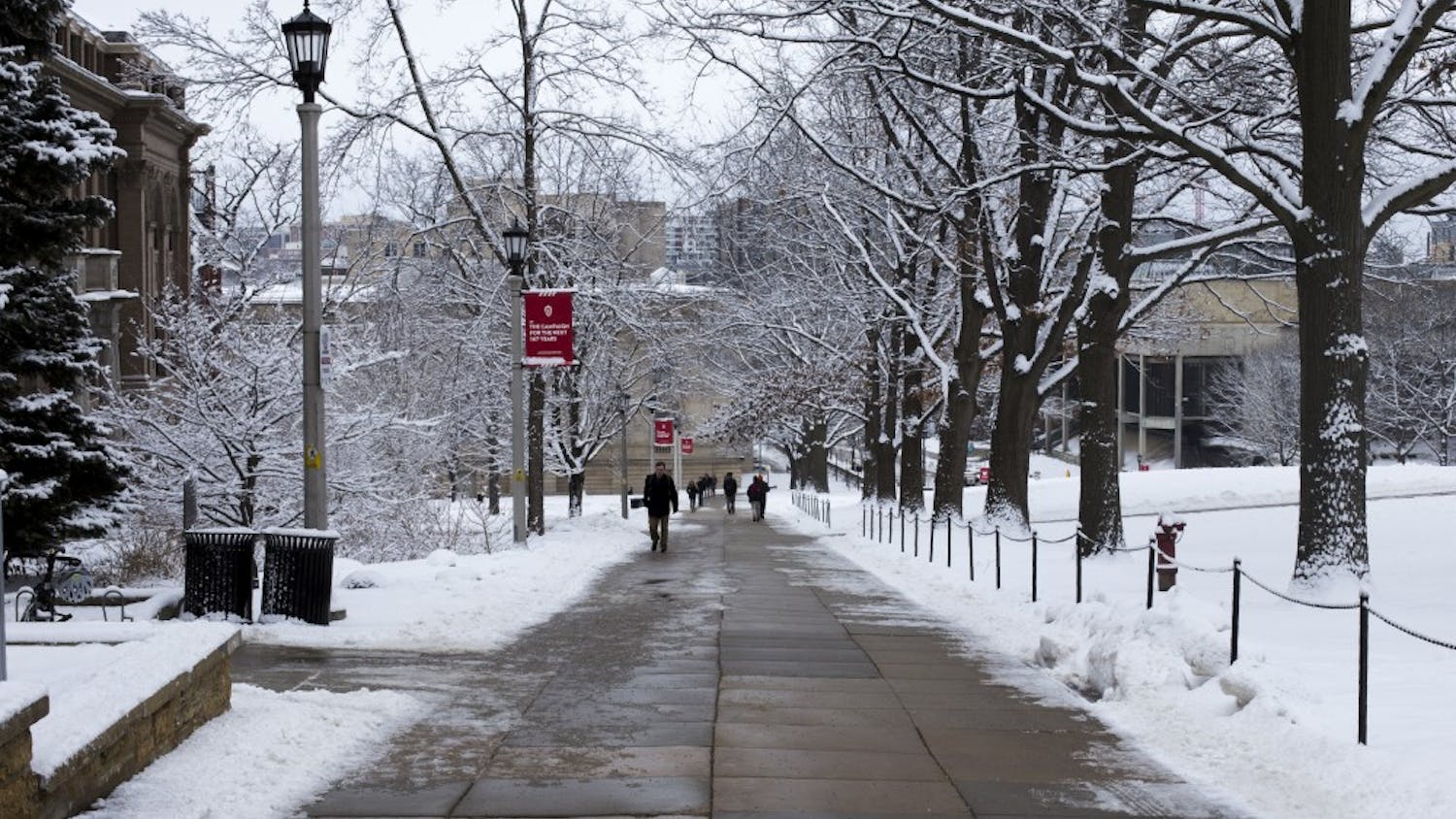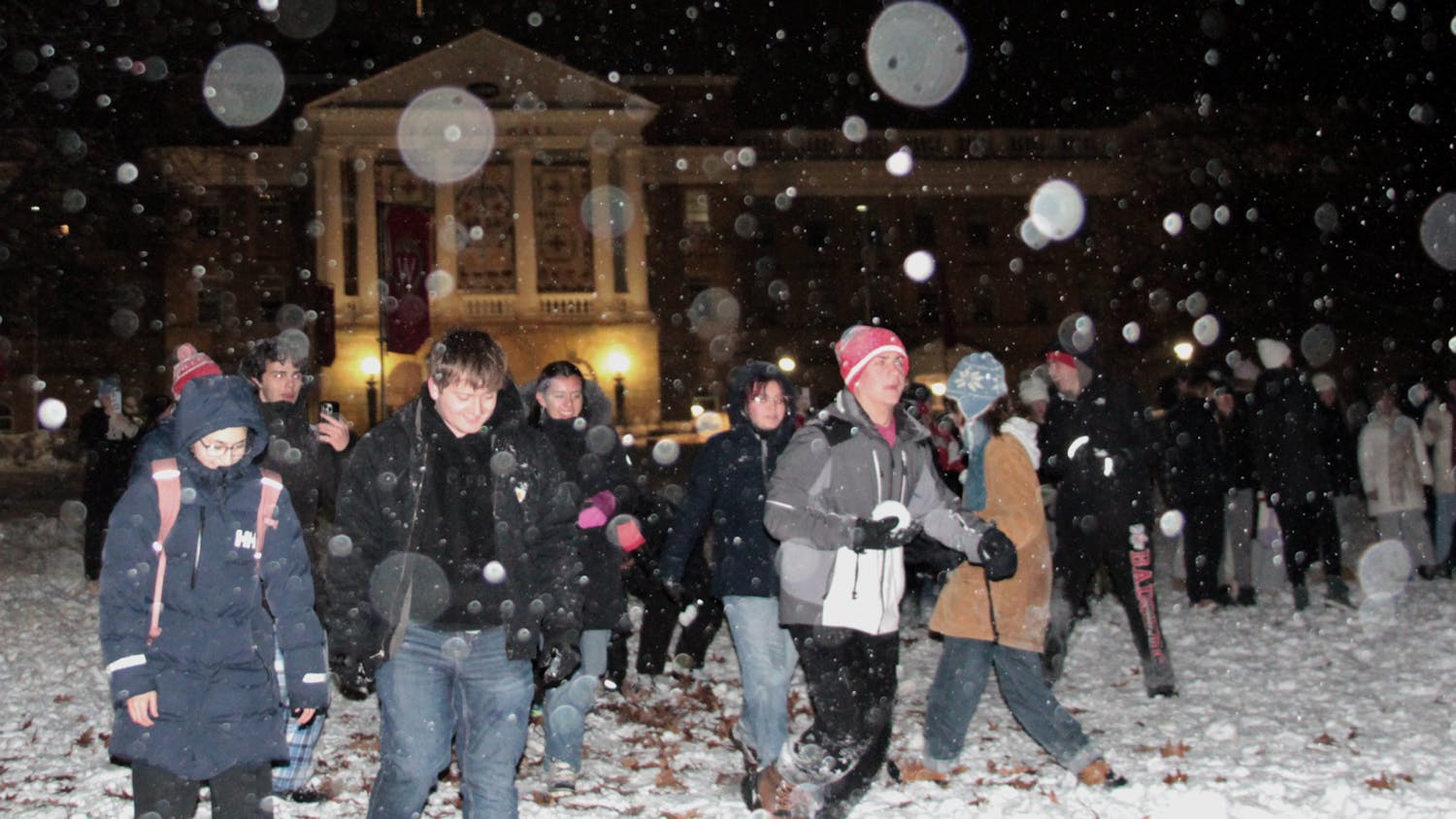Most of us will spend between three and five years as a student here before moving on. When we do, our stories and knowledge leave with us. That includes both the stories we create and the ones we were told.
We can all imagine it. Look back on your freshman year and the events that occurred on your dorm floor. For me, there were pranks and trips to the hospital — generally unrelated to one another — that are stories I share with the people who lived on that floor with me. Over the course of a handful of days, we all moved out, taking those stories with us.
We each spent the summer somewhere and then moved into an apartment or a different dorm room when we returned to Madison. An entirely new collection of students occupied the place we created stories in, completely unaware of who we were and what had occurred in those rooms and halls. This is what all of college is like — and I don’t know, probably also life?
Some clubs and student organizations are better than others at collecting history and passing on traditions, but all things in time are forgotten. There’s nothing wrong with that: history is hard work. Even here at The Daily Cardinal, where we have binders and binders containing every page of every paper we printed over the course of decades, we can’t keep track of our history. There are pages, notes, photos and artifacts of all sorts all over the walls, yet very few have much context behind them. We just trust they are part of our lore and heritage — someone taped that article from 2006 on the wall for a reason.
When alumni visited last spring for the paper’s 130th anniversary, they told stories none of the current staff knew and asked if we still did things that were traditions in their time. All we could say was, “Oh wow that’s cool, but we don’t do that anymore” or “Wait, you would do that on purpose?” It didn’t help that all of our work was remote for over a year. I wasn’t here for that, or before then. But who knows what traditions failed to be passed on because students graduated before having the opportunity to bequeath generational knowledge to the next group of students?
As a fifth-year senior, I have the increasingly rare knowledge of what it was like to be a student here when the pandemic shut down classes and moved everything remote for over a year.
The Thursday before spring break in 2020, my professor wrapped up class with the farewell, “Have a good break. It may be a while before we see each other in person again.” At the time, the school was saying we may come back to finish the semester. They were going to revisit it in a month or so and let us know.
We didn’t know in-person classes wouldn’t resume for the majority of the university classes until the fall semester of 2021.
I was a regular participant in the Wisconsin Union Directorate Films Committee at the time, which is the student org that selects which movies play at the movie theater in Union South. For about a week, we thought we could keep the theater running if we spaced out the seating and had a massive jug of hand sanitizer for guests to use.
But the pandemic got serious fast. Unless they couldn’t go anywhere due to international travel restrictions or some other reason, students in dorms had a week or two to pack everything and get out. There were time slots families were supposed to sign up for in order to limit how many people were wandering the halls and elevators at the same time.
Despite having an apartment in Madison, I spent the summer out of state with my parents. While I was gone, almost all the windows on State Street were boarded up as protests took place. Those boards were covered in slogans, and some were even commissioned to contain art by Black artists celebrating Black art, beauty and existence.
I knew I would miss that art when the boards eventually came down. And I do. I still wish more had been done to replace it in some way: to cover some spare walls in Black art. There’s a tragic linearity to the disappearance of the art-covered boards and the results of the protests. All of that protesting and art now only exists in photos and memories.
Classes came back in the fall of 2020. The university said classes would be in person — having discussions in large rooms, and requiring masks and testing for all students would make it safe to have in-person instruction. That lasted a week. The rest of the semester was remote for a majority of classes.
With classes online, many students did their freshman year at home rather than deal with the strict lockdowns in the dorms. But every student living in Madison had to take COVID tests once a week. At first, this was a measure mainly to track the spread. Then when buildings began reopening, there was a smartphone app required to enter campus buildings. You were only allowed to go into campus buildings if the app was green to indicate that you had a recent negative test. My roommate was paid $15 per hour to sit at building entrances and check phones. I am told it was the easiest, most “get paid to do your homework” job ever.
The spring was roughly the same, but more buildings were open and the vaccine existed as a way to get out of the constant COVID tests. Then in the fall of 2021, everyone came back. Classes were in person with masks and student facilities were reopening. The Union South movie theater started playing movies again. Yet it wasn’t what it was.
Right before the pandemic shut everything down, the theater was filling up for screenings of “Parasite” and “Jojo Rabbit.” I was turned away due to an entirely full theater. This was the most packed the older students had ever seen the Marquee. But all that potential word of mouth left with the students who graduated. Now, the free campus theater that would’ve likely continued to grow in prominence as a student staple was back to square one.
Also at that time, faculty departments were getting ready for graduate students and professors to move back into offices. The department of my major sent out emails seeking students looking to get paid for a day of work cleaning out offices and moving around desks and file cabinets. I said yes. I imagine graduate students were just as frantic in their packing as those living in the dorms were and there was a bunch of stuff left behind. Most of it was file organizers from Target or cheap little desk chachkies. Those went straight into the trash.
But we found a typewriter. I don’t know whose it was or why they left it. Maybe because it was so heavy. Later typewriters would plug into walls and have motors that made typing easier. This one was fully analog, so it was just a box of steel levers. It was abandoned, and the department had no need for it.
I took it home. I called my parents to tell them about this cool thing I found and to ask them if they knew how to get it working. They asked why I would ever want a typewriter and told me to get rid of the torture machine as soon as I could. I figured out how to feed it paper and it lived with me over that winter, but I barely used it.
Then as I began to frequent the Daily Cardinal office, I figured bringing it in would let others get some joy out of it. Now the typewriter lives there, and I tell this story to everyone at the paper who notices it sitting at what has become its desk.
As someone who’s written a bunch of satirical articles for The Daily Cardinal, I thought about lying and coming up with some insane origin story to mess with people. But it doesn’t matter. Truth or fiction: at some point, the story will die out. I’m not going to fight it or try to force some story onto the typewriter that it doesn’t have. In fact, the fun part is the exact opposite. At some point — no matter how many people I tell and even if I write this article about it — this old manual typewriter will join so many of our artifacts in having a storyless air of importance.
The real story will fade in the game of collegiate telephone from “Jeffrey found it and brought it in last year” to “some guy brought it in a couple of years ago” to “I don’t know, it’s been here a while and, hey look, it still works.” And when it does, imaginations will drift to a Daily Cardinal of Olde with writers hurriedly typing in a smoke-filled room while holding a lit cigarette between their fingers and a phone on their shoulder as a male voice that definitely comes from a face with a mustache tells them that President Nixon is planning a Watergate scandal part two.
Maybe I’ll show up to an alumni event in 20 years and tell the staff this story to blow their minds with disappointment. Or maybe some dork scrolling through the archives will find this and appreciate my prank that relies on this story, like most stories, being forgotten as each generation is too busy creating their own stories to keep track of the ones that came before.
Jeffrey Brown is a former Arts Editor for the Daily Cardinal. He writes for The Beet occasionally and does some drawing and photography too. He is a senior majoring in Sociology. Do not feed him after midnight.






